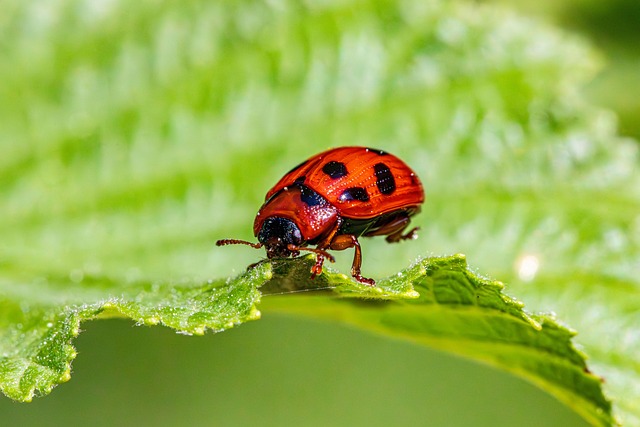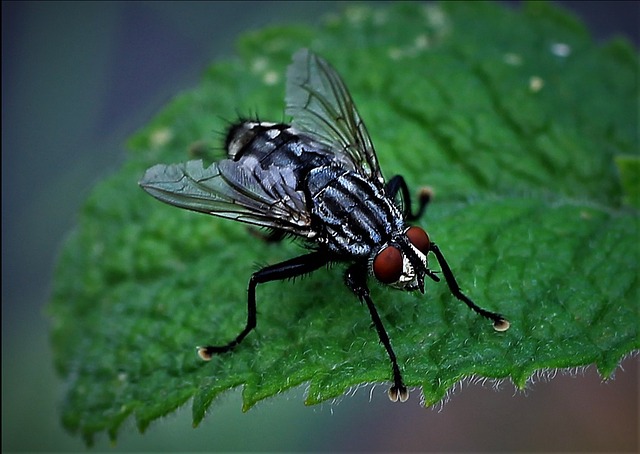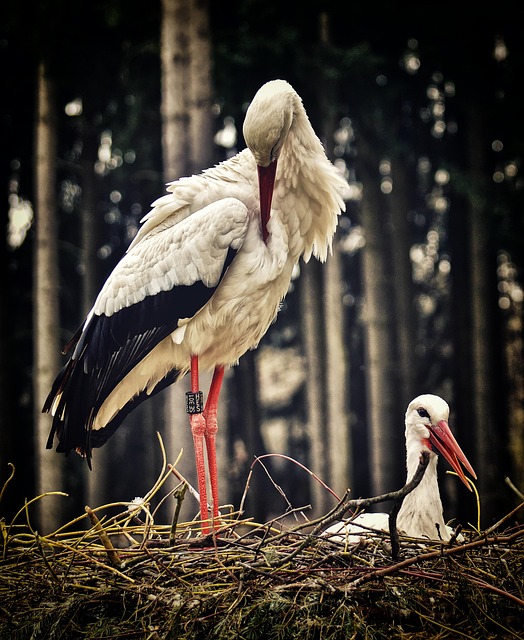Wildlife pest control is a rising concern for property owners, as animals like squirrels, raccoons, and birds cause significant damage to structures. Professionals employ humane and eco-friendly methods, such as non-lethal deterrents, habitat modification, and trap-and-release programs, tailored to specific species' behaviors and local regulations. Hiring licensed specialists offers effective, safe solutions, mitigating health risks and minimizing property damage. Preventive measures like thorough inspections and creating buffer zones are essential for long-term protection.
Wildlife pest control is a specialized service that addresses the complex issue of unwanted animal intrusions. As homes and businesses expand into natural habitats, conflict arises. Understanding the intricate methods behind effective wildlife control is key to mitigating damage and ensuring human safety. This article explores various aspects, from identifying common pests and their impacts to the benefits of professional intervention, safety considerations, and long-term preventive solutions, all centered around the core theme of wildlife pest control.
Understanding Wildlife Pest Control: The Need for Professional Intervention

Wildlife pest control refers to the responsible management and mitigation of animal populations that pose a threat or disruption to human activities, health, or the environment. While some wildlife species are harmlessly co-existent with humans, others can become pests when they invade residential or commercial areas, causing damage to property, spreading diseases, or disrupting ecosystems.
Professional intervention is often necessary for effective wildlife pest control due to the complex nature of these issues. Homeowners might attempt DIY methods, but professional services have the expertise, specialized equipment, and knowledge of local regulations. They can identify the specific species, understand their behaviors, and employ humane, eco-friendly methods tailored to each situation. This ensures not only the removal or deterrence of problematic animals but also the preservation of non-target species and maintenance of ecological balance.
Common Wildlife Pests and Their Impact on Homes and Businesses

In many regions, wildlife pest control is a growing concern for homeowners and business owners alike. Common wildlife pests like squirrels, raccoons, opossums, and birds can cause significant damage to structures, especially when they enter through small gaps or openings. These creatures are attracted by food sources, water, and shelter found in and around homes and buildings, leading to various issues such as chewed insulation, damaged roofs, and contaminated attics.
The impact of wildlife pests extends beyond structural damage. They can also pose health risks by carrying diseases and parasites that can be transmitted to humans and pets. Additionally, their presence can lead to unpleasant odors and attract other pests like roaches and ants. Effective wildlife pest control measures are essential to mitigate these problems, ensuring a safe and healthy living or working environment.
Methods and Techniques Used in Effective Wildlife Control

Effective wildlife control involves a blend of modern techniques and traditional methods, tailored to the specific species and their behavior. Professionals in Wildlife Pest Control employ a range of strategies, from non-lethal deterrents like noise makers, visual scare tactics, and scent repellents, to more targeted approaches such as habitat modification and trap-and-release programs. These methods are chosen based on factors like the species’ natural history, local regulations, and community concerns about the wildlife in question.
For instance, understanding a pest species’ feeding habits can lead to the strategic placement of bait traps or the use of specific scents to attract and remove them safely. In urban settings, wildlife control experts might focus on humane methods like exclusionary fencing to prevent animals from entering buildings, or one-way doors that allow entry but not reentry, ensuring animals are guided back into their natural habitats. Regular monitoring and community education also play significant roles in successful wildlife control, helping to maintain a balance between human needs and the preservation of local ecosystems.
Benefits of Hiring Licensed Wildlife Control Specialists

Hiring licensed wildlife control specialists offers numerous advantages when dealing with unwanted pests in your environment. These professionals are equipped with the knowledge and skills to handle various wildlife-related issues humanely and effectively. They understand the intricate behaviors and habitats of different animal species, enabling them to devise tailored strategies for removal and prevention.
One of the key benefits is their ability to mitigate potential health risks associated with pest animals. Many wild creatures carry diseases or parasites that can be transmitted to humans and domestic pets. Specialists are trained to safely capture and remove these hazardous organisms while adhering to strict health and safety guidelines. Additionally, they employ advanced techniques and tools to ensure minimal property damage during the control process, making it a hassle-free solution for homeowners and businesses alike.
Safety Considerations: Protecting Both Humans and Animals During Control Processes

When it comes to wildlife control services, ensuring safety is paramount. Both humans and animals must be protected during the control processes, especially in cases involving Wildlife Pest Control. Professional wildlife control specialists are trained to handle various situations, from dealing with aggressive animals to preventing potential hazards. They employ specialized equipment and techniques tailored to minimize risks, ensuring a safe environment for both residents and the wildlife involved.
Safety measures go beyond just equipment. It involves comprehensive training on how to identify and mitigate potential dangers, such as diseases carried by certain animals or the risk of physical harm during capture and relocation. By adhering to strict protocols, these professionals can effectively manage wildlife encounters while maintaining a balance between human safety and preserving the natural ecosystem.
Preventive Measures: Long-term Solutions for Minimizing Wildlife Intrusions

Preventive measures play a crucial role in wildlife pest control, offering long-term solutions to minimize intrusions. Implementing these strategies can help deter animals from entering residential or commercial spaces, promoting a harmonious coexistence between humans and wildlife. One effective approach is to conduct thorough inspections to identify potential entry points, such as gaps in fencing or openings around pipes and vents. Sealing these areas with appropriate materials creates physical barriers, preventing animals from gaining access.
Regular maintenance and habitat modification are also key components of preventive measures. Trimming trees and shrubs away from buildings, cleaning up debris, and removing food sources like garbage or pet food can reduce attraction to certain species. Additionally, creating a buffer zone between structures and potential wildlife habitats can deter animals from establishing dens or nests close to human settlements, fostering an environment that is less hospitable to unwanted visitors.
